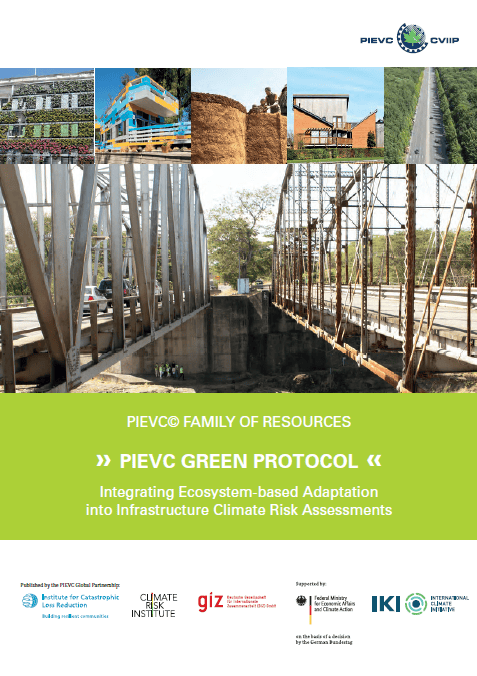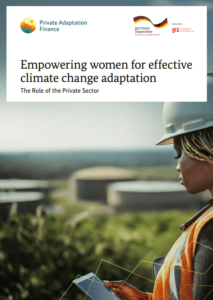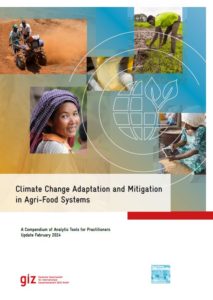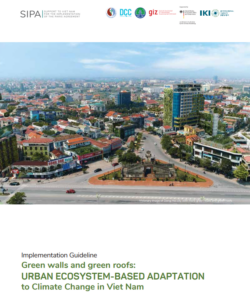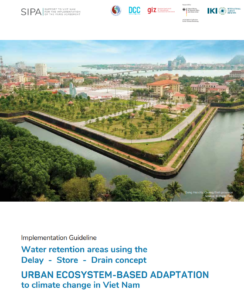Climate risk assessments are a crucial component to guide, design and operate infrastructure and systems that are resilient to the effects of extreme weather and our changing climate. Climate risk assessment is a process of identifying how assets respond to and recover from the effects of a variety of hazards attributed to climate impacts. Many governments and organizations are using or requiring climate risk assessment to inform adaptation action.
Traditionally, engineers have relied on historic climate data records to design infrastructure. With climate change, this historic data may no longer be appropriate alone to inform infrastructure design, as it does not capture how the climate is changing. This can translate to a more challenging operating environment for which the infrastructure was never designed. As a result, infrastructure may be vulnerable and may not have sufficient resiliency. New infrastructure may not be designed with sufficient load bearing capacity.
The process set forth by the PIEVC Green Protocol is designed to aid practitioners in characterizing the risk of infrastructure to impacts of climate change while considering the influence of the broader social-ecological system, and potential subsequent impacts to the social-ecological system should the infrastructure be disrupted or damaged. Climate risk assessment is within a broader context of climate proofing (a methodological approach aimed at incorporating climate change into project planning and development).

